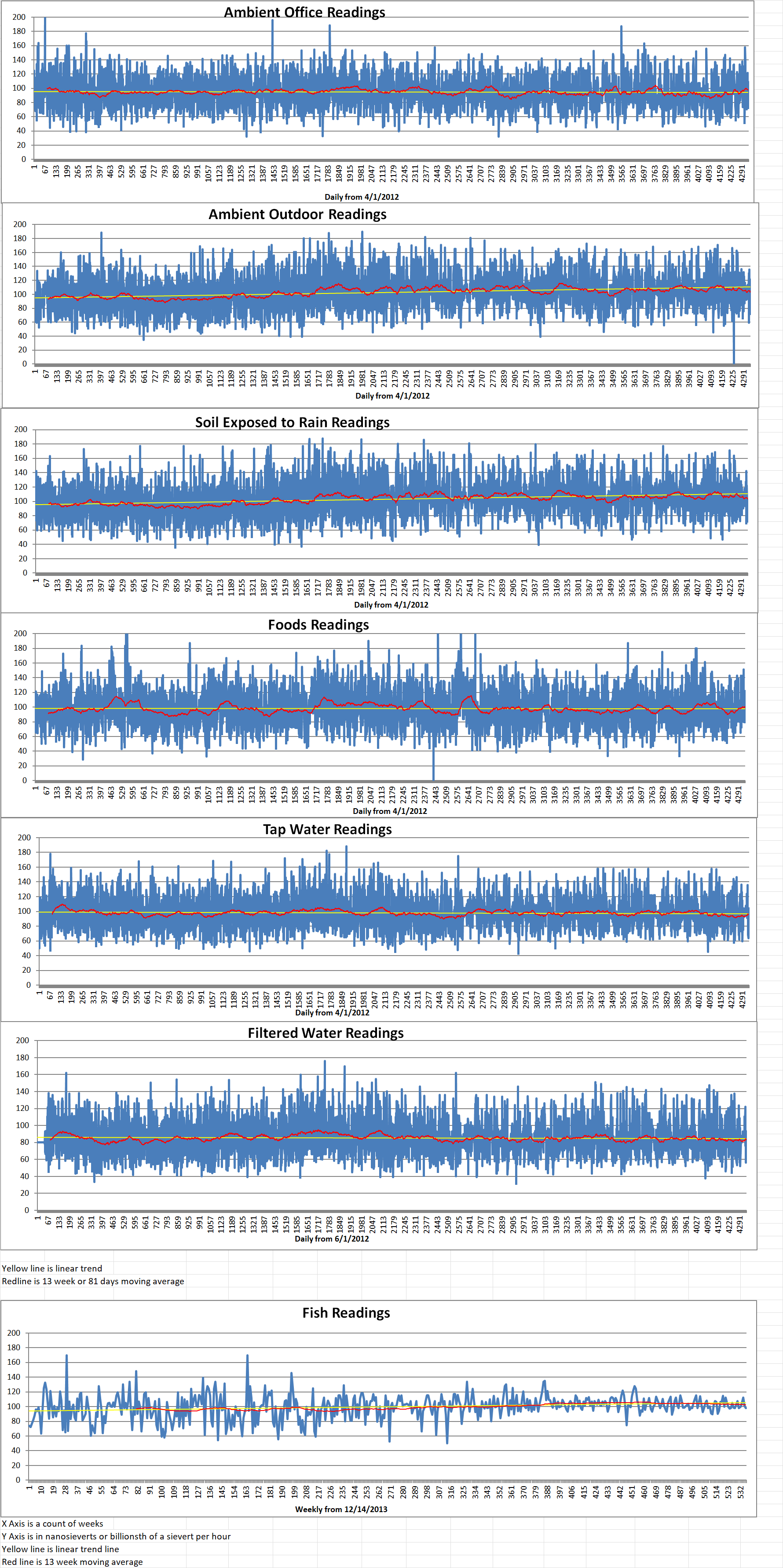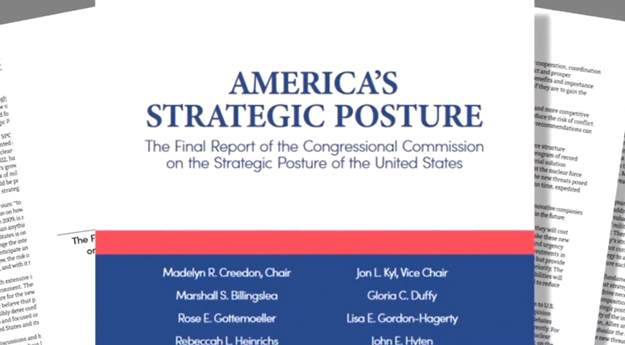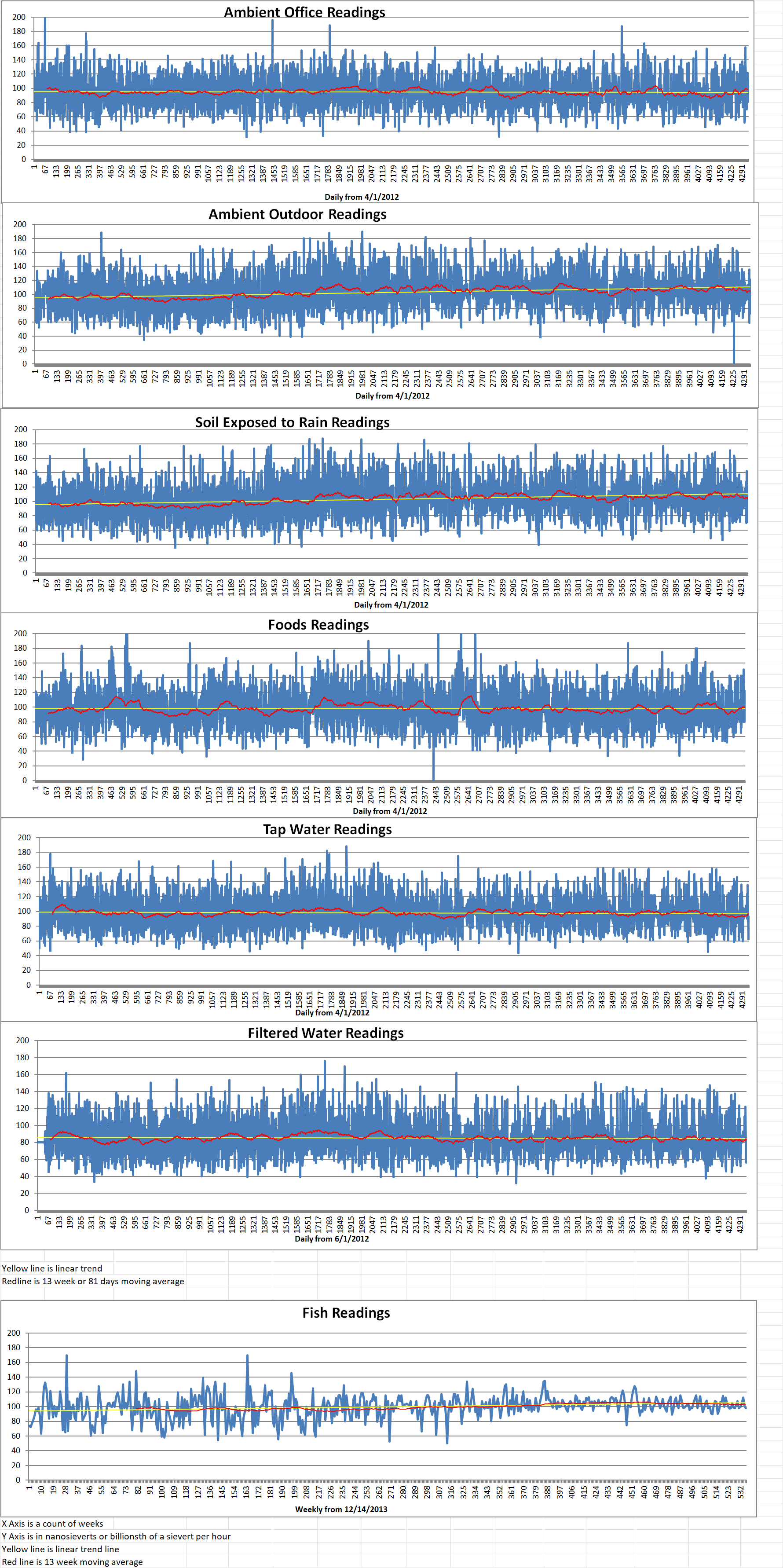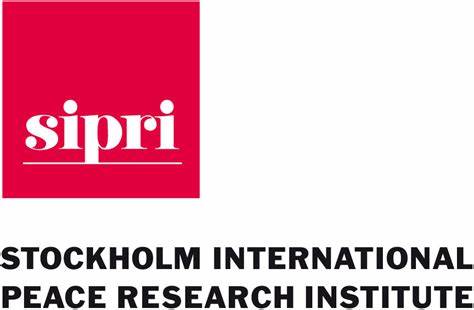Elementary hydrogen has three isotopes: protium, deuterium, and tritium. These isotopes play a critical role in hydrogen fuel production, nuclear fusion, and the development of advanced pharmaceuticals.
However, it’s very difficult to isolate these isotopes at room temperature. This is because they have similar sizes and shapes. In addition, each of them has one proton and one electron, leading to similar chemical and thermodynamic properties. The methods currently used for separating hydrogen isotopes are resource-intensive as they require extreme conditions to work.
Knut Asmis is a chemistry professor at Leipzig University. He said, “It has been known for almost 15 years that porous metal-organic frameworks can, in principle, be used to purify and separate hydrogen isotopes. However, this has only been possible at very low temperatures, around minus 200 degrees Celsius—conditions that are very costly to implement on an industrial scale.”
Asmis and his colleagues recently published a report that provides important insights into how hydrogen isotopes can be isolated at room temperature and at a low cost. Their research reveals that the secret is water ligand.
When porous metal ions such as Cu+ interact with hydrogen under extreme conditions, they perform selectively absorption of the different isotopes. The study authors note that “Adsorption is a process by which atoms, ions, or molecules from a gas or liquid adhere to a solid, often porous, surface”.
During their study, the researchers discovered that when water molecules are used as ligands with the copper ion, the metal becomes better at attracting and holding hydrogen molecules. In addition, the resulting copper-water complex is better at distinguishing the energy difference in the bonds between H2 (regular hydrogen) and D2 (heavy hydrogen) compared to bare copper.
The authors continue that “Combining experimental and computational methods, we demonstrate a high isotopologue selectivity in dihydrogen binding to Cu+(H2O), which results from a large difference in the adsorption zero-point energies (2.8 kJ mol−1 between D2 and H2, including an anharmonic contribution of 0.4 kJ mol−1).”
Unlike bare copper ions, the copper water complex doesn’t need large amounts of energy to achieve hydrogen isotope isolation. This suggests that it might lead to more efficient, less resource-intensive, and highly cost-effective ways of obtaining hydrogen isotopes.
The research shows that porous metal complexes with water ligands are promising candidates for hydrogen isotope isolation. It also suggests that metal-water complexes might be used to study chemical reactions that take place at particular sites in large systems.
The authors added that “These systems are ideal model complexes for gas-phase studies of the chemistry at individual active sites as they occur in framework materials.”
Asmis and his team also carried out spectroscopy and complex quantum calculations to understand the interaction between the hydrogen isotopes in detail. Their findings may reveal more practical ways of selective absorption of isotopes.
Thomas Heine is one of the study authors and an expert in theoretical chemistry at Technische Universität Dresden. He said, “For the first time, we have been able to show the influence of the individual atoms of the framework compounds on adsorption. We can now optimize them in a targeted manner in order to obtain materials with high selectivity at room temperature.”
Blog
-

Nuclear Fusion 83 – New Method Discovered To Allow Better Separation Of Hydrogen Isotopes
-
Nuclear News Roundup Oct 11, 2024
Argentina ramping up radioisotope production world-nuclear-news.org
Orano sets up working groups for fast reactor fuels world-nuclear-news.org
SMRs becoming a reality, says Grossi world-nuclear-news.org
Partnership formed for UK Integral Molten Salt Reactor project world-nuclear-news.org
-

Geiger Readings for Oct 11, 2024
Ambient office = 74 nanosieverts per hour
Ambient outside = 91 nanosieverts per hour
Soil exposed to rain water = 96 nanosieverts per hour
Asparagus from Central Market = 151 nanosieverts per hour
Tap water = 91 nanosieverts per hour
Filter water = 83 nanosieverts per hour
-

Nuclear Weapons 873 – In South Carolina Federal Court Activists Are Challenging A Deal Regarding Plutonium Pit Manfacture
South Carolina’s Savannah River and New Mexico’s Los Alamos National Laboratory are manufacturing plutonium pits for use in nuclear weapons. Hollow, globe-shaped plutonium pits are placed at the core of nuclear warheads. Plutonium is one of the two key ingredients used to manufacture nuclear weapons, along with highly enriched uranium.
Plaintiffs in South Carolina’s federal court challenged a plan consummated in 2018 for the two pit production sites that they say relied on an outdated environmental impact study. They also say that the plan didn’t truly analyze simultaneous production, and undermined safety and accountability safeguards for a multibillion-dollar nuclear weapons program and related waste disposal.
Judge Mary Geiger Lewis said in her ruling that “Defendants neglected to properly consider the combined effects of their two-site strategy and have failed to convince the court they gave thought to how those effects would affect the environment.”
The decision was handed down as U.S. authorities this week certified with a “diamond stamp” the first new plutonium pit from Los Alamos for deployment as a key component to nuclear warheads under efforts to modernize the nation’s weapons.
This new ruling from South Carolina’s federal court says nuclear weapons regulators violated the National Environmental Policy Act by failing to properly analyze possible alternatives to production of the nuclear warhead component at Savannah River and Los Alamos.
Jay Coghlan is the director of Nuclear Watch New Mexico which is a co-plaintiff to the lawsuit. He said, “These agencies think they can proceed with their most expensive and complex project ever without required public analyses and credible cost estimates.” The court order provides litigants with two weeks to “reach some sort of proposed compromise” in writing.
A spokesperson for the National Nuclear Security Administration said that the agency is reviewing the court’s ruling and consulting with the Department of Justice. Spokesperson Milli Mike said in an email that “We will confer with the plaintiffs, as ordered. At this point in the judicial process, work on the program continues.”
The ruling also rejected several additional claims in the lawsuit, including concerns about the analysis of the disposal of radioactive materials from the pit-making process.
At the same time, the judge said that nuclear weapons regulators at the Department of Energy “failed to conduct a proper study on the combined effects of their two-site strategy” and that “they have neglected to present a good reason.”
Plutonium pits were previously manufactured at Los Alamos until 2012. The lab was dogged by a string of safety lapses and concerns about a lack of accountability.
Proposals to move production to South Carolina triggered a political battle in Washington, D.C., as New Mexico senators fought to retain a foothold for Los Alamos in the multibillion-dollar program. The Energy Department is currently working to ramp up production at both Savannah River and Los Alamos to an eventual 80 pits per year, amid timeline extensions and rising cost estimates.
Plaintiffs in the plutonium pit lawsuit include environmental and nuclear-safety advocacy groups as well as a coalition of Gullah-Geechee communities of the descendants of Black slave along the coasts of Georgia and South Carolina.
Outside Denver, the closed Rocky Flats Plant was capable of producing more than 1,000 war reserve pits annually before work stopped in 1989 due to environmental and regulatory concerns. In 1996, the Department of Energy allowed for limited production capacity at Los Alamos, which produced its first war reserve pit in 2007. The lab ceased operations in 2012 after producing what was needed at the time. -
Nuclear News Roundup Oct 10, 2024
Maryland must not incentivize more nuclear power marylandmatters.org
Reactor assembly completed for Bangladesh’s first nuclear unit world-nuclear-news.org
Kim Jong Un Issues Nuclear Warning To US as North Korea Grows Arsenal newsweek.com
Dodgeball and energy density feature in nuclear comic book world-nuclear-news.org
-

Geiger Readings for Oct 10, 2024
Ambient office = 85 nanosieverts per hour
Ambient outside = 108 nanosieverts per hour
Soil exposed to rain water = 104 nanosieverts per hour
English cucumber from Central Market = 122 nanosieverts per hour
Tap water = 92 nanosieverts per hour
Filter water = 81 nanosieverts per hour
-

Nuclear Weapons 872 – The New Nuclear Arms Race – Part 3 of 3 Parts
Part 3 of 3 Parts (Please read Parts 1 and 2 first)
Despite the impossibility of even Russia’s and China’s combined nuclear forces launching a successful first strike which would knock out the United States’ ability to cause catastrophic damage in response, the U.S. might be headed for increases in its nuclear forces.
The Strategic Posture Commission’s report on preparing for threats from 2027 through 2035 states that the U.S. nuclear force must be “either larger in size, different in composition, or both” if it is to be able to address both a revisionist Russia and a China that the report claims is “pursuing a nuclear force buildup on a scale and pace unseen since the U.S.-Soviet nuclear arms race that ended in the late 1980s.”
The commission’s report goes on to recommend that the U.S. urgently send more nuclear warheads to its deployed carriers, deploy, or base nuclear forces to the Asia-Pacific theater, increase planned numbers of nuclear-capable bombers, investigate fielding road-mobile nuclear missile carriers and prepare to deploy the future Sentinel ICBM in a configuration that carries multiple independent re-entry vehicles. Currently, each Minuteman III ICBM only carries one warhead, because of limits imposed by New START.
Russia is also pouring resources into upgrading its nuclear arsenal, with a recent test of a new type of heavy ICBM, the RS-28 Sarmat, apparently having failed.
The Sarmat is one of six weapons that Putin revealed at his 2018 annual address. A video animation showed Russian missiles flying toward a target resembling Florida. Two U.S. analysts recently claimed to have found a likely deployment site for another one of Russia’s nuclear-capable weapons heralded by Putin in 2018, the Burevestnik. Russia has also suggested that it may resume nuclear testing, preparing facilities on the island of Novaya Zemlya, where the Soviet Union tested the largest nuclear bomb ever detonated.
Putin on September 25 proposed broadening the scope of Russia’s nuclear doctrine, suggesting that attacks by “nonnuclear countries with the participation or support of a nuclear country” could trigger a nuclear response, in a clear reference to Ukraine and its Western backers. The same day, China launched a nuclear-capable ICBM into the Pacific Ocean, its first ICBM test outside of its territory in over 40 years.
Besides potentially sending nuclear warheads to existing carriers and developing new weapons systems, the U.S. recently announced it would deploy nonnuclear cruise missiles that would previously have been banned under the INF treaty to Germany, with Putin promising to respond in kind and lift a self-imposed moratorium on deploying intermediate-range missiles if the deployments go ahead.
It has been reported that Russia has deployed nuclear weapons in Belarus, which had not hosted them since the early 1990s.
With many changes to nuclear and conventional missile force postures taking place, relations between the West and Russia and China have sunk to their lowest point since the Cold War. With more countries building up significant stockpiles of nuclear warheads, the world could already be living through the beginning of the next nuclear arms race. If the nuclear powers don’t agree on new limits, it could be just as dangerous as the last one. -
Nuclear News Roundup Oct 09, 2024
States moving toward advanced nuclear with boost from Idaho National Laboratory inl.gov
North Korea’s Kim Jong Un visits missile bases and cites U.S. nuclear threat nbcnews.com
Sam Altman Startup Explodes 150% This Month investors.com
U.S. Navy names newest nuclear-powered attack submarine at Carter Center atlantanewsfirst.com
-

Geiger Readings for Oct 09, 2024
Ambient office = 88 nanosieverts per hour
Ambient outside = 91 nanosieverts per hour
Soil exposed to rain water = 92 nanosieverts per hour
Granny Smith apple from Central Market = 80 nanosieverts per hour
Tap water = 108 nanosieverts per hour
Filter water = 93 nanosieverts per hour
-

Nuclear Weapons 871 – The New Nuclear Arms Race – Part 2 of 3 Parts
Part 2 of 3 Parts (Please read Part 1 first)
The next major bilateral treaty to collapse was the Intermediate-Range Nuclear Forces (INF) Treaty, which banned ground-launched missiles with ranges between three hundred and ten miles and three thousand and four hundred miles. The U.S. had long accused Russia of failure to comply with the treaty, with the Obama administration finding that a cruise missile tested by Russia in 2014 violated the treaty’s range limits. The Trump administration announced that it would withdraw from the treaty in October 2018, with Russia responding that is would also do so.
These bilateral arms control treaties reduced the number of warheads from a peak of over sixty thousand when the INF treaty was signed in 1987 to less than ten thousand when New START was signed in 2011.
In addition to Russia’s alleged violations of the INF treaty, the Trump administration mentioned China’s failure to participate and the need to prepare for a possible conflict in the Southern Pacific.
China’s planned expansion of its nuclear arsenal poses an obstacle to nuclear negotiations that did not exist during the Cold War, when non-American and Soviet arsenals were small enough to safely ignore. Under President Donald Trump, the U.S. connected the prospects of a new nuclear agreement with Russia to the idea that China should join New START or another trilateral nuclear treaty. In 2023, the Congressional Commission on the Strategic Posture of the U.S. found that the United States “will no longer be able to treat the Chinese nuclear threat as a ‘lesser included case’ of the Russian nuclear threat.”
According to the Stockholm International Peace Research Institute (SIPRI), China is expanding its nuclear forces and may have deployed “a small number of its nuclear warheads” in 2023. It is expected to continue increasing its nuclear arsenal over the next decade and could match U.S. or Russian numbers of deployed intercontinental ballistic missiles by 2034, although its overall number of warheads would remain lower.
Whether the world will experience a massive increase in the number of warheads stockpiled and deployed if New START is allowed to expire without a replacement remains unclear. Daryl Kimball is the head of the Arms Control Association (ACA). He said that the U.S. and Russia have more efficient ways to increase the size of their deployed arsenals. Following the expiration of the treaty, “they will both have the capacity to double the number of deployed warheads by ‘uploading’.” This means increasing the number of nuclear warheads present on delivery systems that are already deployed.
Pranay Vaddi is the U.S. National Security Council’s senior director for arms control, disarmament, and nonproliferation. He says that while the United States must be prepared for the constraints set out in New START to “disappear without replacement,” the U.S. does not “need to increase [its] nuclear forces to match or outnumber the combined total of [its] competitors.”
Considering the U.S.’s existing second-strike capability, it would seem that more is not necessarily better. Just one submarine out of between eight and ten at sea at any time carries some 100 warheads. This is enough to “obliterate a large country and kill many tens of millions of people,” according to Kimball.
Please read Part 3 next
